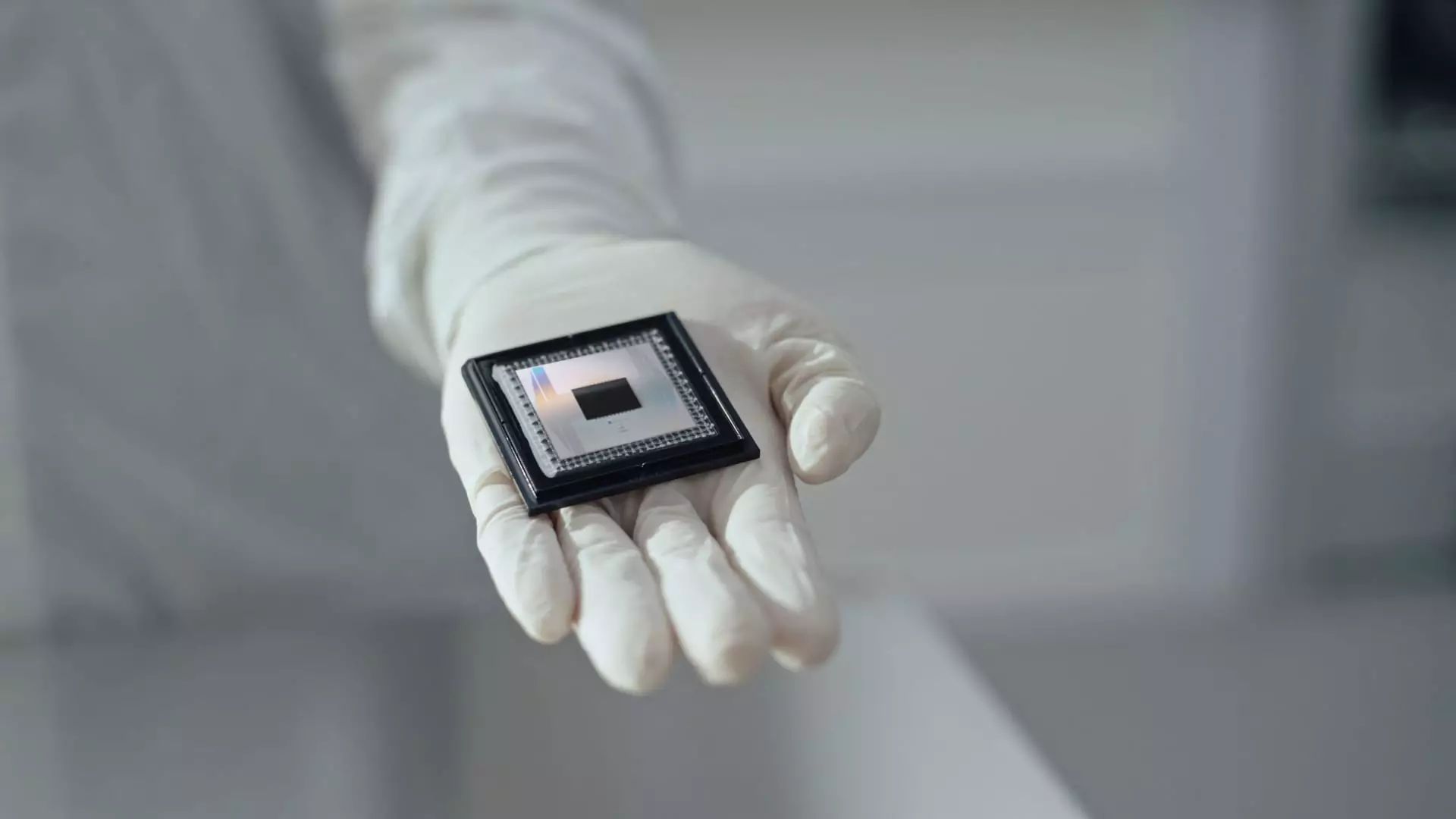In an unprecedented move, Google has unveiled its quantum computing chip, Willow, marking a new era in quantum technology. This innovation is not just an engineering feat; it represents a significant step toward addressing the current limitations of quantum computing. With its enhanced error correction capabilities and near-immediate computing speed, Willow can execute a calculation in less than five minutes—something that would take even the most sophisticated supercomputers an inconceivable 10 septillion years. This hyper-speed performance pushes the boundaries of what we once deemed possible, laying the groundwork for future advancements in numerous fields, particularly in cryptocurrency security.
However, the conversation surrounding Willow is not solely about speed. The accuracy of quantum processing is pivotal, often likened to a highly pressurized garden hose spewing water erratically. While the flow may be relentless, precision becomes a significant concern. Willow’s architecture aims to resolve this issue, combining velocity with enhanced accuracy—two features that could fundamentally alter how we approach the vulnerabilities of cryptographic algorithms that underpin digital currencies like Bitcoin.
The introduction of Willow initiates a complex dialogue surrounding cybersecurity, especially concerning cryptocurrencies. Tim Hollebeek, an industry technology strategist at DigiCert, provides a metaphorical framework to understand quantum computing. He describes a classical computer navigating a maze one path at a time, contrasting this with a quantum computer’s ability to explore multiple routes simultaneously. This reveals the potential threat quantum technology poses to conventional encryption methods—especially if powerful quantum computers become readily accessible.
Nevertheless, despite the storm of speculation, it’s crucial to contextualize these concerns. Currently, the quantum computers we have, including Google’s Willow, are not equipped to breach modern cryptography standards. Google’s assurance that Willow cannot dismantle current encryption mechanisms underlines a consensus among industry experts: while quantum computers could theoretically break these encryptions, the requisite technology remains at least a decade away. The gap between theoretical discussions and practical implications emphasizes the speculative nature of current fears.
The imminent possibilities brought forth by quantum technology have sparked a counteraction within the cybersecurity community. Researchers and developers are innovating “quantum-safe” cryptographic algorithms designed to resist potential quantum attacks. These developments underscore the adaptability of the cryptographic landscape as it prepares for the eventual advent of more capable quantum computers. The National Institute of Standards and Technology (NIST) is actively setting the groundwork for new standards, urging governments and organizations alike to switch to quantum-resistant protocols right now.
Notable figures in the industry, including Jeremy Allaire, CEO of Circle, have pointed out that the implications of quantum computing extend far beyond its threat to current cryptographic systems. Allaire posits that quantum technology can unlock old vulnerabilities while simultaneously facilitating the creation of more robust security systems. Paradoxically, the challenges posed by quantum computing may lead to revolutionary improvements in our security architecture in the longer term.
As we contemplate the ramifications of quantum computing, it’s important to recognize that its influence will span beyond the digital currency domain. Taqi Raza, an assistant professor at UMass Amherst, highlights the prospects of new cryptocurrencies engineered specifically for quantum resilience. This transition could redefine the landscape of digital transactions, promoting innovations that embrace the newfound capabilities of quantum technology.
Moreover, the ripple effects of quantum advancements are expected to permeate various sectors beyond finance. Breakthroughs in computing power hold the potential to revolutionize artificial intelligence, healthcare, energy distribution, and data integrity. As we stand on the precipice of these technological shifts, the imperative becomes clear: industries must prepare for an era where efficiency and security are redefined by quantum capabilities.
While Google’s Willow marks a significant milestone in quantum computing, its implications stretch far and wide, particularly concerning the realms of cryptography and cybersecurity. The fear surrounding quantum threats should not overshadow the potential opportunities that lie ahead. As the industry adapts and evolves, quantum computing may very well lead to improved security measures and enhanced technological capacities. The narrative moving forward will likely center not only on the risks associated with quantum breakthroughs but also on the promising avenues they create across multiple sectors. We should remain focused not just on what quantum computing poses as a threat, but also on how it unlocks unprecedented possibilities for innovation and security in our increasingly digital world.

